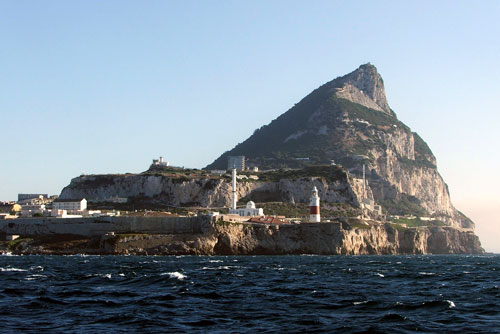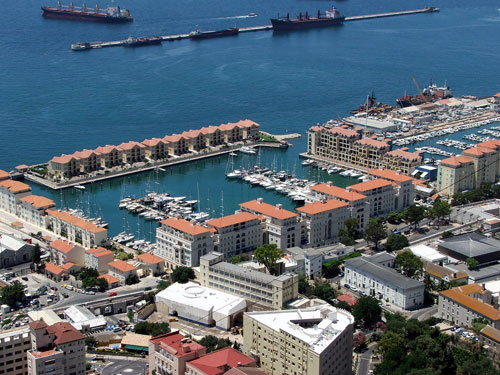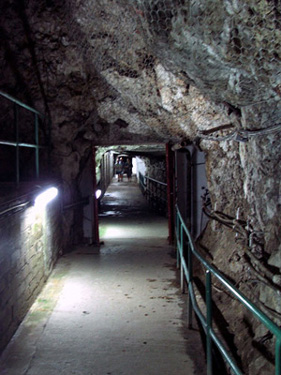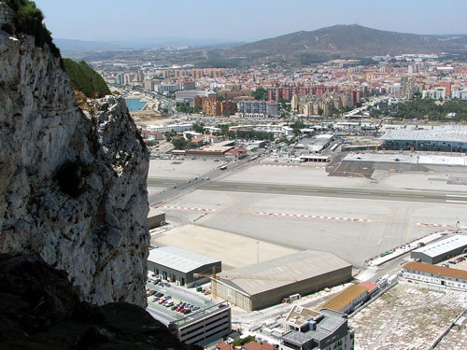 |
 |
 |
Hercules is said to have moved the two
mountains flanking the western entrance to the Mediterranean Sea as
part of his Twelve Labors of Greek mythology. Gibraltar is conclusively the northern
pillar, though there's some dispute of the location of the southern
half in Africa. There's also some disagreement over the years as to
whether Hercules was narrowing or widening the strait between the
Atlantic Ocean and the Mediterranean.
In any case, the Rock of
Gibraltar got its name not from Greek mythology, but the 711 AD
Muslim invasion by Tangier governor Tariq ibn Ziyad. Say "Jebel
Tariq" (Tariq's mountain) with an exhausted slur, and you'll get
Gibraltar, the name of the rock and the tiny country surrounding
it.




